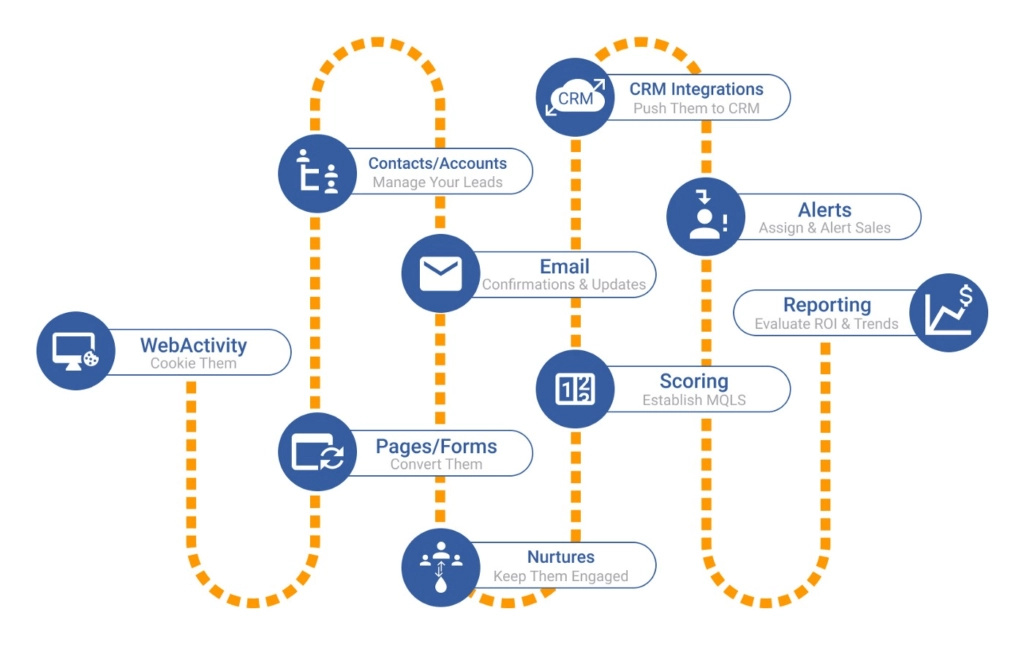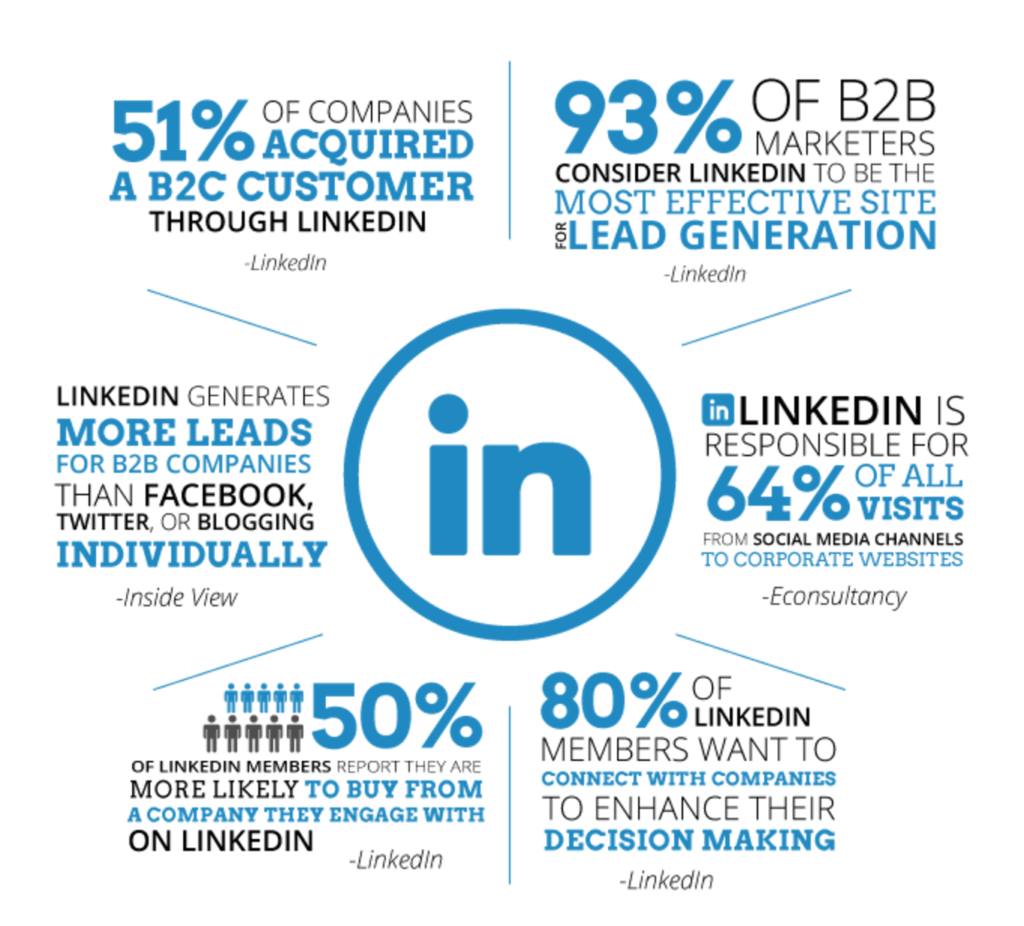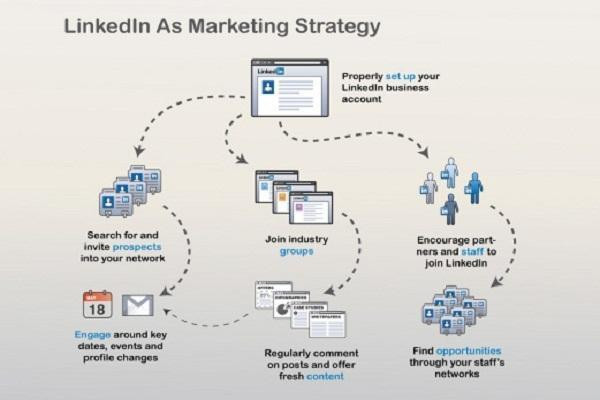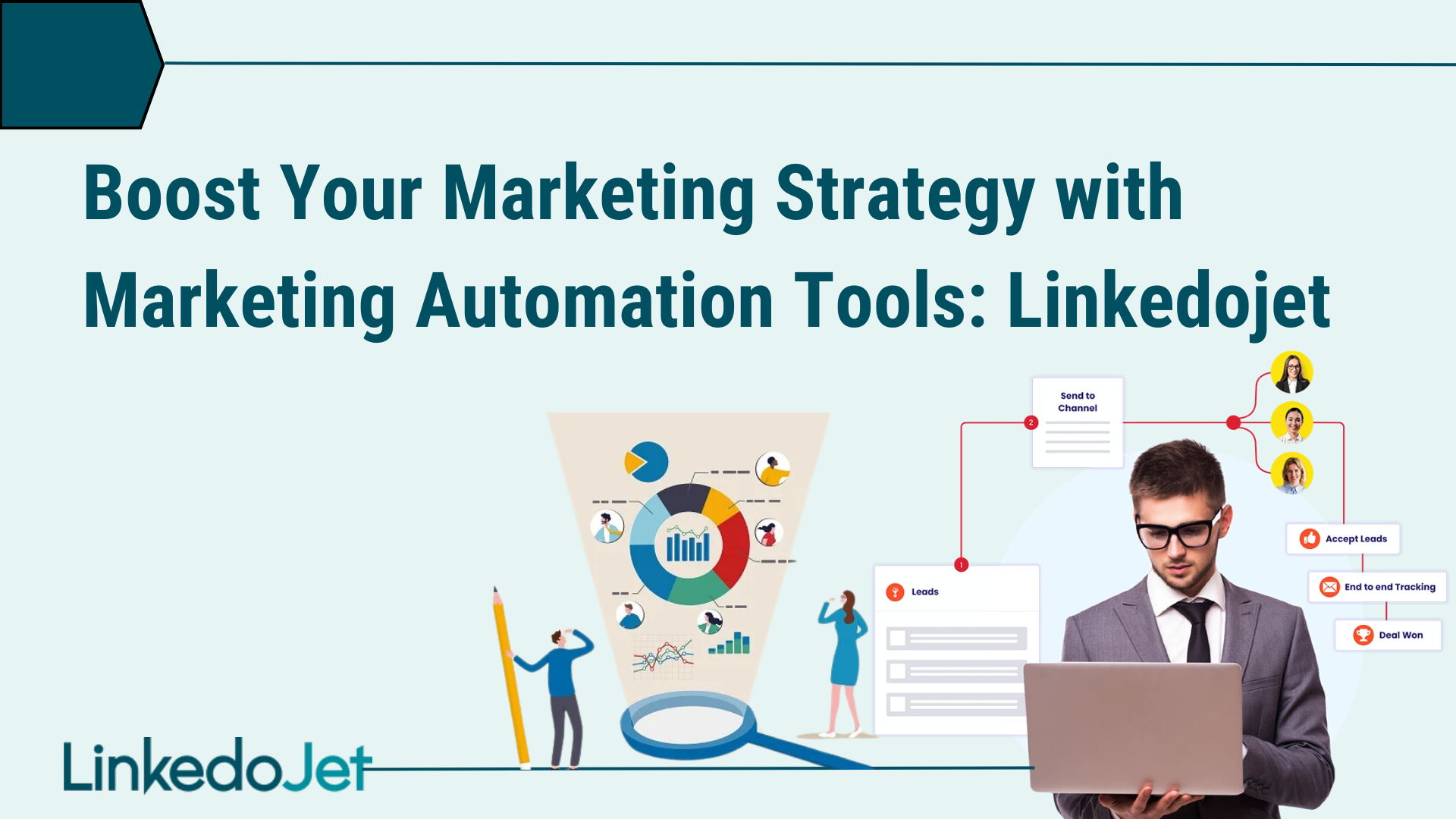In today's digital era, LinkedIn has emerged as a powerful platform for businesses to connect, engage, and generate high-quality leads. Whether you're a small business, a growing startup, or a well-established enterprise, LinkedIn Marketing Solutions can help you scale your marketing efforts effectively. In this blog, we will explore LinkedIn Automation Software, Solutions, and LinkedIn Lead Generation Software to maximize your business growth.
What Are LinkedIn Marketing Solutions?
This is a suite of advertising and marketing tools designed to help businesses reach their target audience, build brand awareness, and drive conversions. By leveraging LinkedIn's vast professional network, businesses can create highly targeted campaigns that yield better results compared to other social media platforms.

Benefits of LinkedIn Marketing Solutions
- Advanced Ad Targeting – These Ad Targeting allows businesses to filter audiences based on job title, industry, company size, skills, and more.
- High-Quality Leads – Unlike other social platforms, LinkedIn focuses on professionals, ensuring better lead quality.
- Diverse Ad Formats – Businesses can use Sponsored Content, Message Ads, Dynamic Ads, and Text Ads to create impactful campaigns.
- Robust Analytics – LinkedIn provides in-depth campaign insights to optimize marketing strategies.
- Enhanced Credibility – Establishing a presence on LinkedIn helps businesses gain trust and authority in their respective industries.
- Integration with CRM Tools – Businesses can connect their LinkedIn campaigns with various CRM tools for better lead management and customer nurturing.

How to Use LinkedIn Marketing Solutions Effectively
1. Define Your Marketing Goals
Before using LinkedIn Marketing Solutions, identify your objectives—brand awareness, lead generation, website traffic, or engagement. This clarity helps in choosing the right ad format and targeting options. Clearly defining goals ensures that your campaigns align with your business strategy and yield measurable results.
2. Leverage LinkedIn Marketing Solutions Ad Targeting
One of the standout features of marketing solutions LinkedIn offers is precise ad targeting. Businesses can segment their audience based on:
- Job titles and functions
- Industry and company size
- Location and demographics
- Interests and behaviors
- Seniority levels and professional skills This helps in reaching the right decision-makers and increasing conversion rates, ensuring that businesses maximize their advertising spend.
3. Utilize LinkedIn Automation Software
Manual outreach on LinkedIn can be time-consuming. LinkedIn Automation Software streamlines tasks like connection requests, personalized messaging, and follow-ups, ensuring higher efficiency and engagement rates. Automation tools also enable businesses to maintain a consistent presence and avoid missing out on valuable opportunities.
4. Implement LinkedIn Lead Generation Software
LinkedIn Lead Generation Software automates lead collection, integrates with CRM tools, and nurtures prospects. This software is essential for businesses looking to scale their LinkedIn marketing efforts while maintaining personalized interactions. Additionally, lead generation software helps businesses track user engagement, measure campaign performance, and refine targeting strategies to increase conversions.
5. Create Engaging and Value-Driven Content
To maximize results from Marketing Solutions, focus on creating:
- High-quality articles and posts
- Engaging videos and infographics
- Interactive polls and discussions
- Case studies and success stories
- Webinars and live Q&A sessions
- Thought leadership content to establish authority Consistently posting valuable content enhances credibility and boosts engagement, fostering strong relationships with your audience.
6. Measure & Optimize Your Campaign Performance
Regularly tracking and analyzing your campaign performance is crucial for achieving success with LinkedIn Marketing Solutions. Use LinkedIn's analytics tools to monitor:
- Click-through rates (CTR)
- Conversion rates
- Engagement metrics
- Lead quality and acquisition costs
- Audience demographics and behaviors By continuously optimizing your strategies based on insights, businesses can improve their ROI and ensure sustainable growth.

Final Thoughts
LinkedIn Marketing Solutions provide businesses with a unique opportunity to engage with decision-makers, drive high-quality leads, and build a strong brand presence. By leveraging Marketing Solutions Ad Targeting, LinkedIn Automation Software, and LinkedIn Lead Generation Software, businesses can enhance their outreach and achieve marketing success.
Are you ready to scale your LinkedIn marketing efforts? Start leveraging marketing solutions LinkedIn offers and watch your business grow!
Need expert guidance? LinkedoJet provides cutting-edge LinkedIn automation and lead generation solutions to supercharge your marketing campaigns. Get in touch today!
